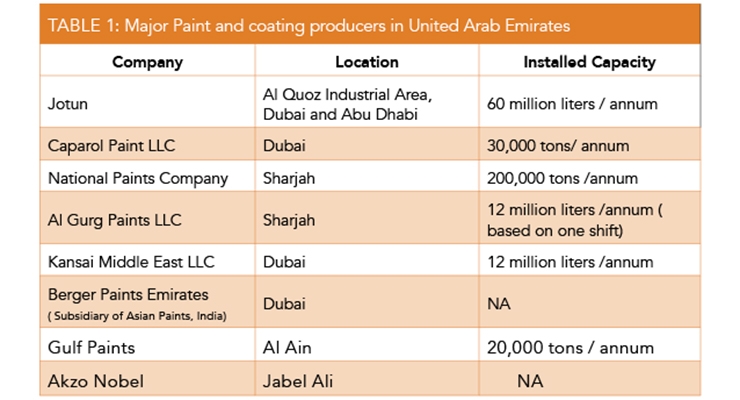Seasonal Considerations For Commercial Exterior Paint: What You Required To Know
Seasonal Considerations For Commercial Exterior Paint: What You Required To Know
Blog Article
Authored By- cost to interior paint a house
When you're preparing a business outside paint job, seasonal aspects can make or damage your outcomes. You'll intend to consider how temperature level and humidity impact paint application and drying times. Selecting the appropriate period can ensure your paint adheres effectively and lasts longer. But which seasons are genuinely the most effective for this sort of work? Let's explore the key elements that can affect your job's success.
The Effect of Temperature Level on Paint Application
When you're intending a commercial external paint project, the temperature can substantially influence how well the paint sticks and dries.
Preferably, you intend to paint when temperatures vary between 50 ° F and 85 ° F. If it's as well chilly, the paint might not heal properly, bring about problems like peeling off or cracking.
On the flip side, if it's too warm, the paint can dry also quickly, stopping correct bond and resulting in an irregular finish.
You need to additionally take into consideration the moment of day; early morning or late afternoon offers cooler temperatures, which can be a lot more positive.
Constantly examine the producer's referrals for the details paint you're using, as they usually give advice on the suitable temperature array for optimum outcomes.
Moisture and Its Result on Drying Times
Temperature isn't the only ecological variable that affects your industrial exterior paint project; moisture plays a substantial role also. High moisture levels can slow down drying out times significantly, affecting the total top quality of your paint job.
When the air is saturated with dampness, the paint takes longer to cure, which can cause issues like inadequate adhesion and a greater danger of mildew development. If you're repainting on a particularly moist day, be planned for extensive delay times between coats.
It's vital to monitor local weather and plan accordingly. Preferably, aim for moisture degrees between 40% and 70% for ideal drying out.
Maintaining these factors in mind ensures your project stays on track and supplies an enduring surface.
Best Seasons for Commercial Outside Painting Projects
What's the best time of year for your business exterior painting tasks?
exterior residential painter and very early fall are normally your best options. Throughout these seasons, temperatures are mild, and moisture degrees are typically lower, producing perfect conditions for paint application and drying out.
Stay clear of summer's intense heat, which can trigger paint to completely dry also swiftly, resulting in poor adhesion and finish. Likewise, winter months's cold temperatures can hinder correct drying and healing, taking the chance of the long life of your paint work.
Aim for days with temperature levels between 50 ° F and 85 ° F for optimal outcomes. Remember to inspect the local weather report for rain, as damp conditions can ruin your task.
Preparation around these factors ensures your paint job runs efficiently and lasts much longer.
Conclusion
Finally, intending your industrial outside paint projects around seasonal factors to consider can make a considerable distinction in the outcome. By scheduling work throughout the ideal temperatures and humidity levels, you'll make sure much better attachment and drying times. Remember to watch on regional weather prediction and select the correct time of year-- spring and early autumn are your best bets. Taking these steps will help you attain a long lasting and professional surface that lasts.
